In the world of cameras, there’s an often mythologized existence: medium format cameras. With larger sensors, higher resolution, and superior image quality, they hold the status of "image quality gods" in the eyes of photographers. However, if medium format cameras are so excellent, why have they never become the mainstream? What exactly lies behind this? This article explores this topic.
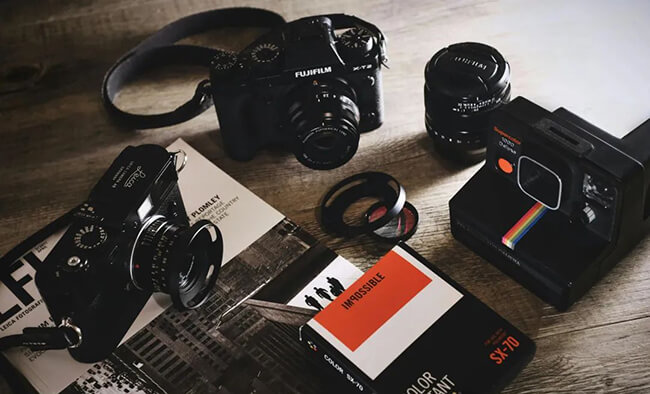
First, it must be acknowledged that the greatest advantage of medium format cameras is indeed their image quality. Their sensors, larger than those of full-frame cameras, grant them higher pixel density, wider dynamic range, and better noise control. This gives medium format cameras an irreplaceable edge in photography, especially in high-precision commercial photography where they are nearly standard equipment. But for ordinary photographers, whether such advantages are truly "worth it" is a matter of perspective.
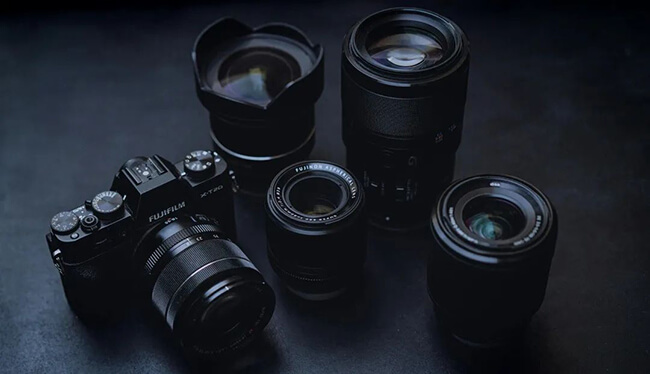
The first hurdle for most people is price. Even though Fujifilm has launched the relatively affordable GFX series in recent years, with medium format bodies priced around 30,000 yuan (seemingly comparable to high-end full-frame cameras), this is just the tip of the iceberg. Medium format lenses rarely have third-party options, and a single original lens can easily cost over 10,000 yuan. Additionally, due to the larger sensor, lenses are structurally more complex, resulting in greater size and weight. A complete medium format setup typically costs between 50,000 and 100,000 yuan, which is a heavy burden for ordinary photographers’ budgets.
When it comes to "shooting for the sake of shooting," we must also discuss their underperformance in certain capabilities. While medium format cameras have improved in autofocus and burst shooting speed in recent years, they still lag behind full-frame cameras overall. For example, in scenarios requiring high-speed burst shooting, most medium format models can only reach 5-8 frames per second, which fails to meet shooting needs. In terms of autofocus, even though Fujifilm’s latest GFX 100 II has added AI subject recognition and full-pixel focus point coverage, it still struggles to compete with flagship full-frame cameras in speed, responsiveness, and tracking consistency.
Medium format cameras are completely outmatched, even lagging behind, in shooting sports-related subjects. Coupled with the limited number of lenses, scarce accessory options, a desolate second-hand market, and high after-sales costs, it’s clear that medium format cameras are not designed for ordinary photographers.
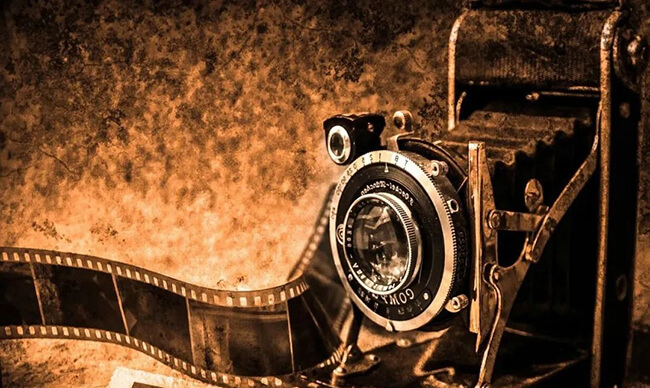
Additionally, photos taken with medium format cameras demand high post-processing capabilities. A 100-megapixel RAW file easily exceeds 100MB, and with 16-bit color depth and high dynamic range, hundreds of photos from a single shoot can take up tens of gigabytes of storage, making them difficult for ordinary computers to handle. Moreover, while medium format excels in fine image details and rich tonal gradation, these advantages are rarely useful in daily use. Many people take photos with APS-C cameras or even smartphones, and the results still look good when viewed online. The superior image quality of medium format only becomes apparent when enlarged for printing—something ordinary photographers rarely do, such as printing photos a meter long to cover a wall. Thus, the high image quality of medium format cameras fails to shine in online transmission.
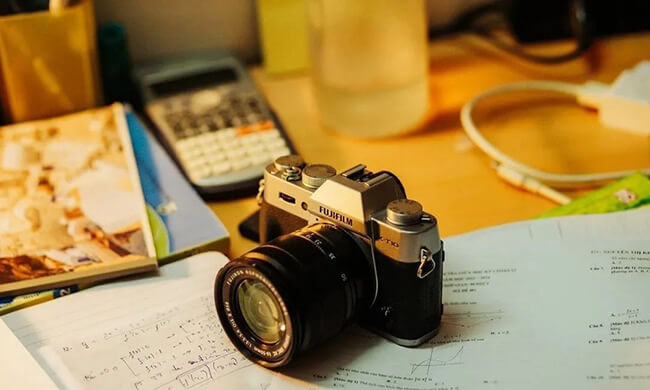
In the end, medium format cameras are not "bad"—they are simply "too professional." They represent the ultimate pursuit of image quality, but this comes with a price. In an era dominated by full-frame cameras, which offer balanced performance, a complete ecosystem, and relatively affordable prices, medium format cameras are more like a "luxury"—the ultimate dream for some photographers, but not the choice for most. For ordinary photographers, what matters most may not be the camera’s format size, but whether they truly love photography, can persist in it, and can maximize the potential of their equipment. If so, whether using a smartphone, APS-C, full-frame, or even medium format, every photo taken is the realization of the photographer’s vision.
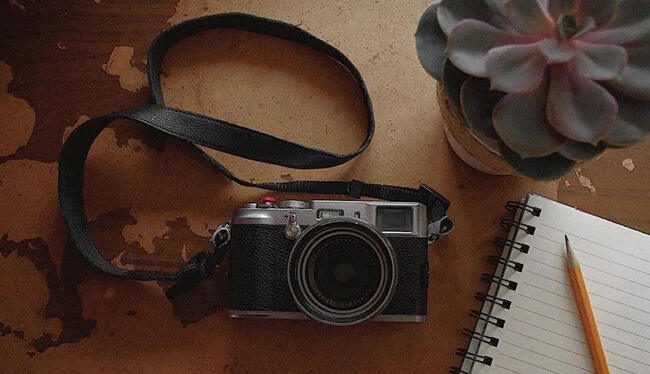
Related Tags: Experience in using cameras
